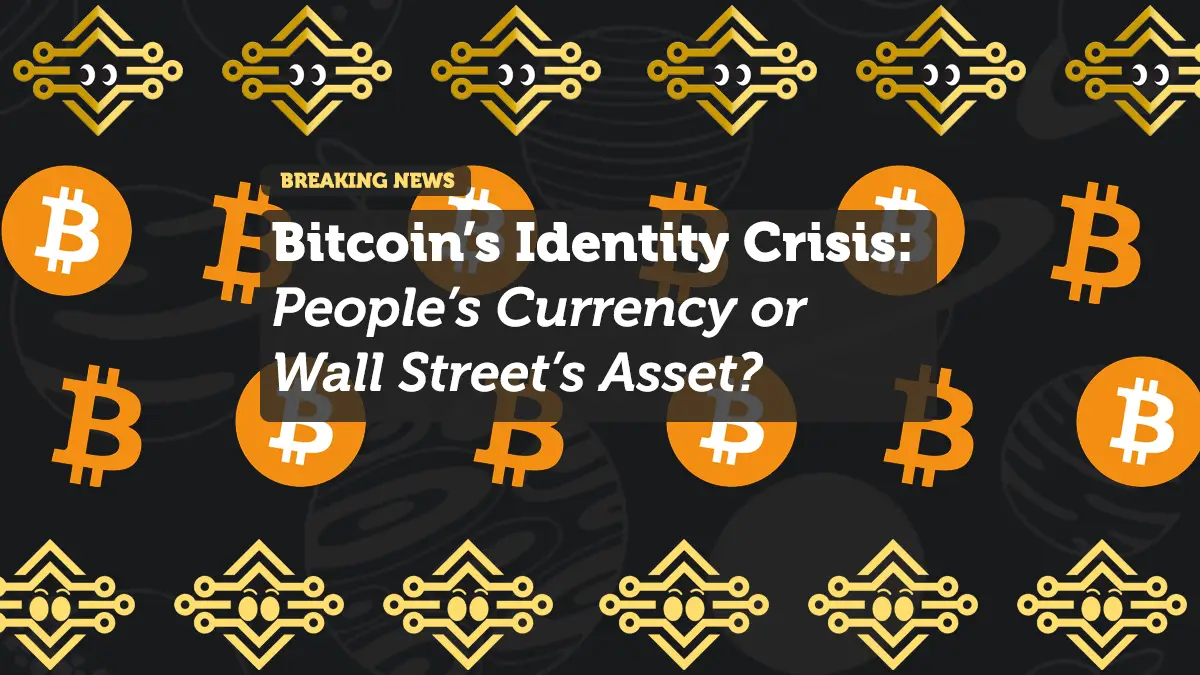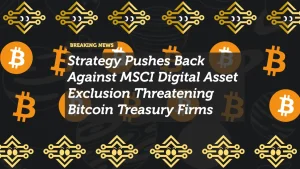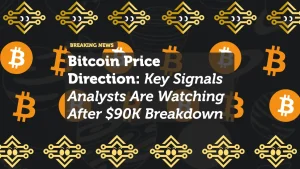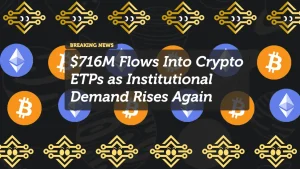
Bitcoin’s Identity Crisis: People’s Currency or Wall Street’s Asset?
There was a time when Bitcoin was synonymous with rebellion—a digital escape hatch from the traditional financial system, birthed in the wake of the 2008 financial crisis. Fast forward to 2025, and the landscape has changed dramatically. Bitcoin isn’t just the currency of libertarian dreamers anymore. It’s part of Wall Street portfolios, traded in ETFs, and whispered about in boardrooms of trillion-dollar asset managers like BlackRock and Fidelity.
But with that shift comes a burning question: Is Bitcoin still serving Main Street, or has it been co-opted by the same forces it was meant to disrupt?
To dig into this, we sat down with Sky Wee, founder of Sky Ventures Labs, Web3 advisor, and one of Southeast Asia’s most influential blockchain figures.
Sky Wee’s Take: “Bitcoin Remains Permissionless. The System Around It May Not.”
Sky, who rose to prominence in esports before diving into early-stage blockchain investing, views the situation with clear eyes.
“Bitcoin was always meant to be a hedge against the traditional financial system,” he said. “What’s happening now is that the system itself is starting to acknowledge its value.”
On paper, institutions embracing Bitcoin seems like validation. After all, doesn’t Wall Street pouring billions into spot Bitcoin ETFs only strengthen the asset’s value and legitimacy?
Yes—and no.
“Bitcoin doesn’t care who owns it,” Sky pointed out. “It remains the people’s money as long as people keep holding it.”
But there’s the rub. While the code remains permissionless, the power dynamics are shifting. Retail investors—once the lifeblood of Bitcoin’s community—are slowly being crowded out by institutional whales with deeper pockets and faster access.
Retail vs Institutions: The Real Risk
Sky offered a provocative angle here:
“The real risk isn’t institutions buying—it’s retail not buying.”
That flips the narrative. Rather than fearing institutional accumulation, the focus should be on ensuring access and education for everyday users.
Bitcoin’s 21 million cap means that whoever holds it, owns the narrative. If those holders increasingly wear suits and ties, the spirit of decentralization could become symbolic rather than practical.
Institutions are buying. Sovereign wealth funds are interested. Hedge funds are hedging. But where’s Main Street?
“Individuals still have the edge—they can self-custody without permission,” Sky said. “It’s just a matter of whether they choose to.”
The Allure (and Danger) of Convenience
The tension lies in convenience. Holding Bitcoin on a custodial ETF is easy. No wallet setups, no seed phrases, no technical know-how. But ease comes at a cost—sovereignty.
The more people choose ETFs over wallets, the more centralized Bitcoin’s ecosystem becomes, even if the underlying asset remains decentralized.
Just like we saw with social media, smartphones, and streaming platforms, convenience often wins. But when it does, power consolidates.
Bitcoin Mining: A Case Study in Capital Domination
Let’s take Bitcoin mining. Once a hobbyist’s game, it’s now dominated by capital-intensive operations running sophisticated hardware in massive facilities from Texas to Norway.
“Back then, you could mine Bitcoin with your laptop,” one miner told us. “Now, it’s a race between billion-dollar companies with access to cheap electricity and custom silicon.”
That evolution isn’t just technological—it’s economic. The barrier to entry for everyday people is sky-high. It’s not just about owning Bitcoin—it’s about who can afford to play the game at scale.
Wall Street Needs Bitcoin More Than Bitcoin Needs Wall Street
Despite these concerns, Sky believes Bitcoin hasn’t lost its edge.
“Wall Street needs Bitcoin more than Bitcoin needs Wall Street,” he said. “Institutions are looking for digital gold, something outside the fiat system. That doesn’t change what Bitcoin is.”
True, but it changes how it’s perceived, how it’s used, and—critically—who benefits.
If Bitcoin becomes just another “uncorrelated asset” in a diversified portfolio, it loses some of its revolutionary potential. If it’s only accessible through heavily regulated ETFs, the idea of financial sovereignty takes a back seat.
Where Do We Go From Here?
This isn’t a doom-and-gloom scenario—it’s a call for awareness. Bitcoin isn’t dead. It’s not compromised. But it’s evolving—and the community has to choose its role in that evolution.
- Self-custody is still available.
- Peer-to-peer payments are still possible.
- Open, transparent access remains a core principle of the network.
But these things don’t stay by default—they stay because people choose to use them.
Final Thoughts: Choose Your Bitcoin
So, will Bitcoin serve Main Street or Wall Street?
Maybe both. But which side benefits most depends on who steps up.
If institutions dominate the supply, the average user becomes a spectator.
If Main Street opts for self-custody, decentralized exchanges, and sound money principles, then Bitcoin remains what it was always meant to be: a tool for freedom, outside the reach of centralized control.
As Sky said:
“Bitcoin doesn’t need to be perfect. It just needs people to believe in it—and use it like it was intended.”
Want to Stay Sovereign in the Next Cycle?
Here’s what you can do:
- Learn to self-custody using open-source wallets like Sparrow, BlueWallet, or hardware wallets.
- Avoid custodial ETFs unless absolutely necessary.
- Support DeFi projects and protocols that align with Bitcoin’s core values.
- Stay educated. Because the biggest threat to Bitcoin isn’t Wall Street—it’s complacency.
















